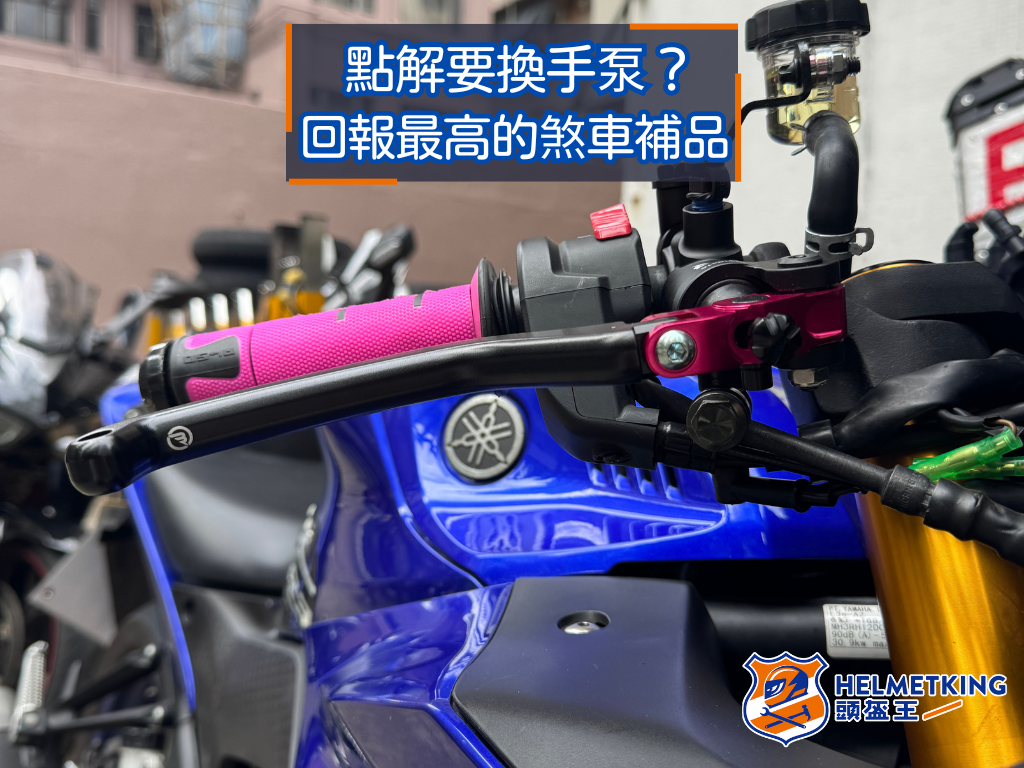
[Modification DIY] Why Upgrade Motorcycle Brake Master Cylinder?
on 2025-12-14
2023-04-22
Rainy and wet roads are the biggest enemy of motorcycle riders. With the rainy season approaching and recent days of strong winds and heavy rain, social media motorcycle groups are filled with videos of riders slipping on wet roads. In light of this, Helmet King is once again releasing its annual post with tips for riding motorcycles on wet roads. Especially for new riders, it is time to learn from the past and face the challenge of wet roads with confidence. They are not as scary as they seem!
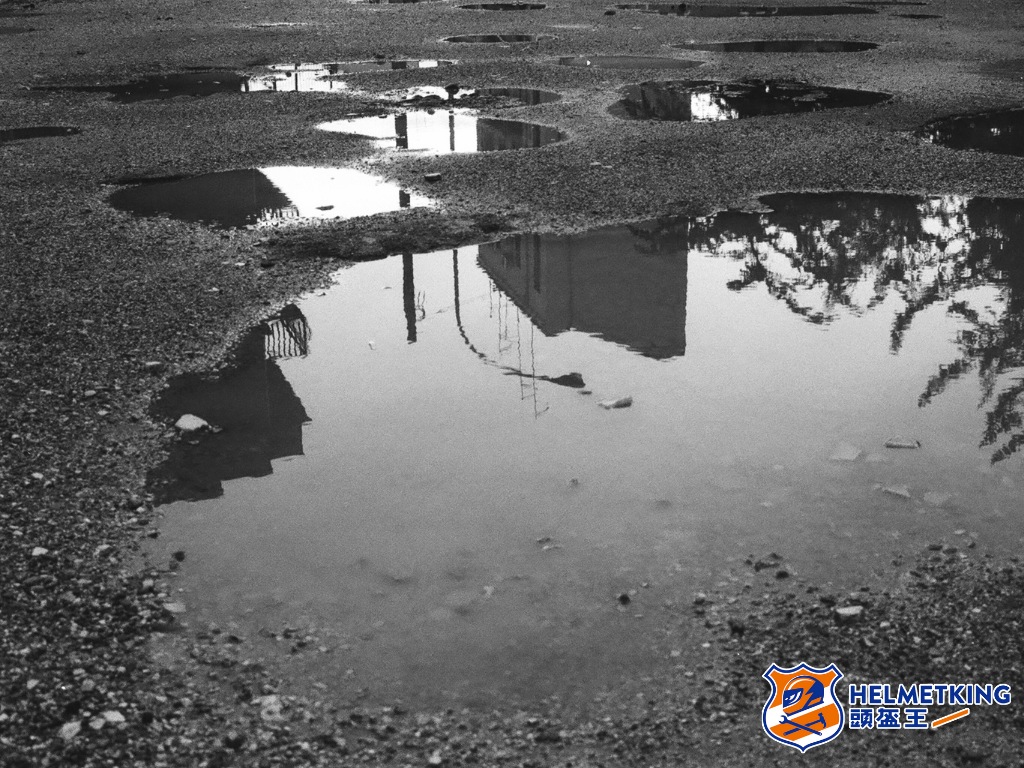
Roads commonly accumulate a large amount of dust, sand, and waste oil. When it starts to rain, these deposits mix with the rainwater and float on the road surface, and the rain is not heavy enough to wash them away. Experienced riders know that this is the most dangerous time to ride. If possible, Helmet King recommends that you park your motorcycle under a nearby shelter and wait for the rain to wash away the deposits before continuing your journey.
hanks to technology, many manufacturers now offer a wide range of high-performance, lightweight, and waterproof rain gear (available for purchase at Helmet King!). The prices are also very reasonable compared to ten years ago. Good waterproof clothing, such as raincoats, rain pants (one-piece or two-piece), waterproof boots, and gloves, are essential for riding in wet conditions (wearing wet underpants and socks is one of life's most painful experiences). However, even if you have all the gear, it is essential to wear it correctly!
If you've watched MotoGP, you'll notice that whenever it rains, riders will switch to tires with more tread, known as "wet tires." To increase traction, dry tires used by racers usually have no tread, but on wet roads, the surface is equivalent to having "an extra layer of water" on the road surface, and the tread's role is to "force out" this layer of water, allowing the tire to continue to grip the road. The same principle applies to old tires that have hardened or worn treads. When it rains, they can be very dangerous.
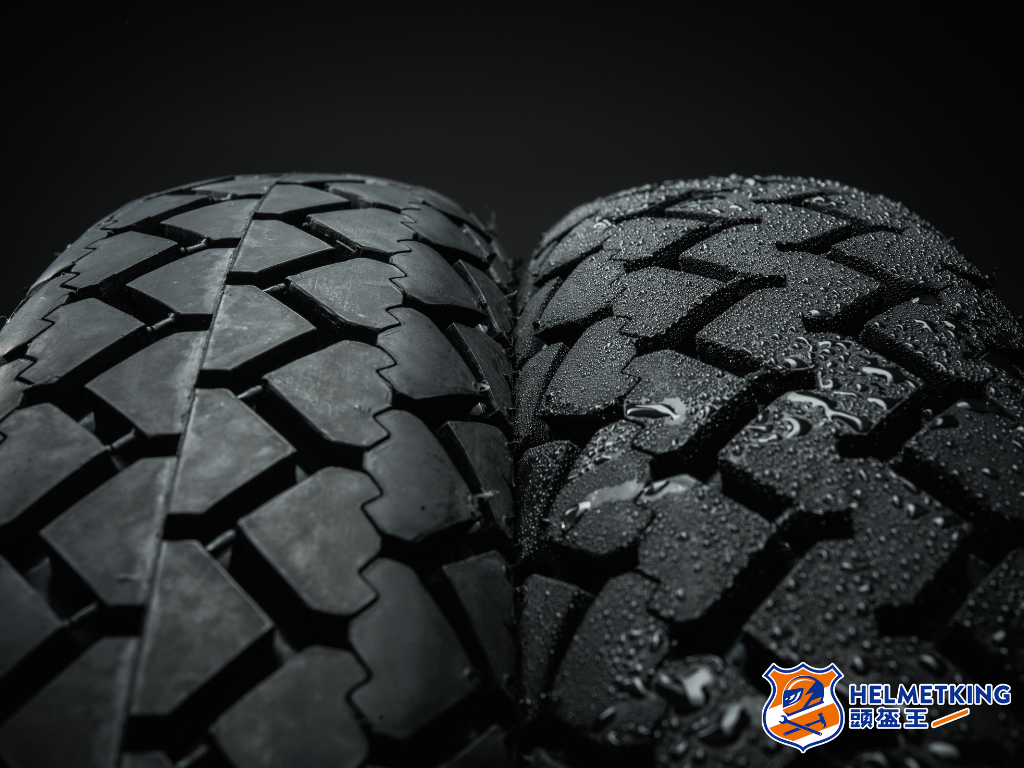
Road markings, manhole covers, and tram tracks on wet roads are the culprits of many accidents. This is a simple physical principle, where non-breathable surfaces become extremely slippery under the action of rainwater. Riders should try to avoid rolling over these surfaces. If it is unavoidable, remember to keep the body as straight as possible and avoid sudden braking or acceleration. Similarly, riders should also be careful of reflective garbage water and oil stains on the road.

Braking: The key to wet braking is to brake smoothly and gradually, avoiding locking the tires, especially in emergency braking situations. Although most models now come equipped with ABS, it is still a good idea to practice wet braking in safe conditions to test your limits.
Turning: The rule for wet turning is the same as on dry roads. You need to adjust your body position to turn the motorcycle. Keeping the bike upright will not allow you to turn, so you need to slow down and enter and exit the turn smoothly. At the same time, be extra careful to avoid sudden braking or acceleration in the turn.
Relax your body: The more tense your muscles are, the harder it is to maintain stability and perform delicate movements. Don't sit too straight, as it will directly affect your driving performance and hinder your ability to control the motorcycle in wet conditions.
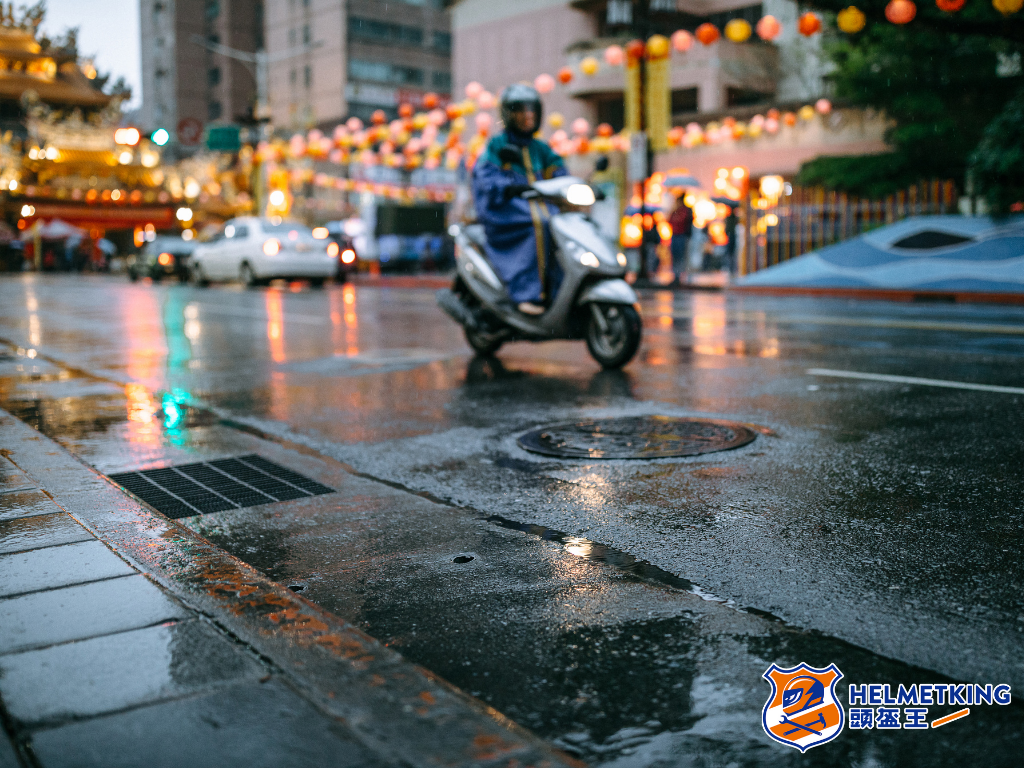

on 2025-12-14
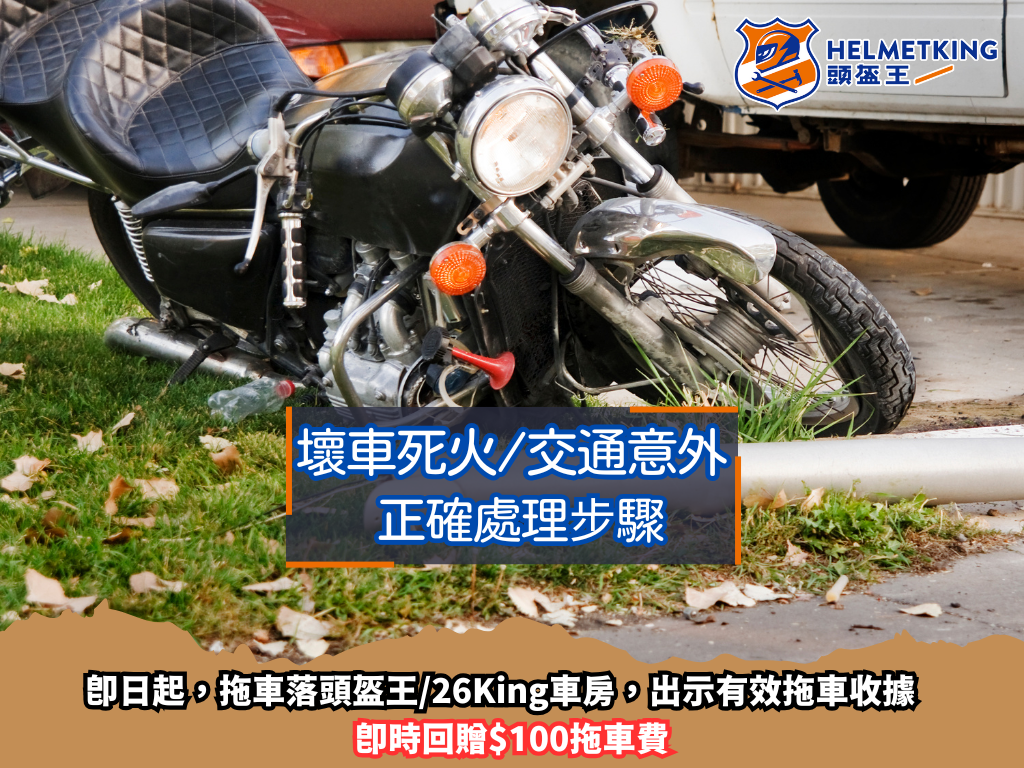
on 2025-12-11
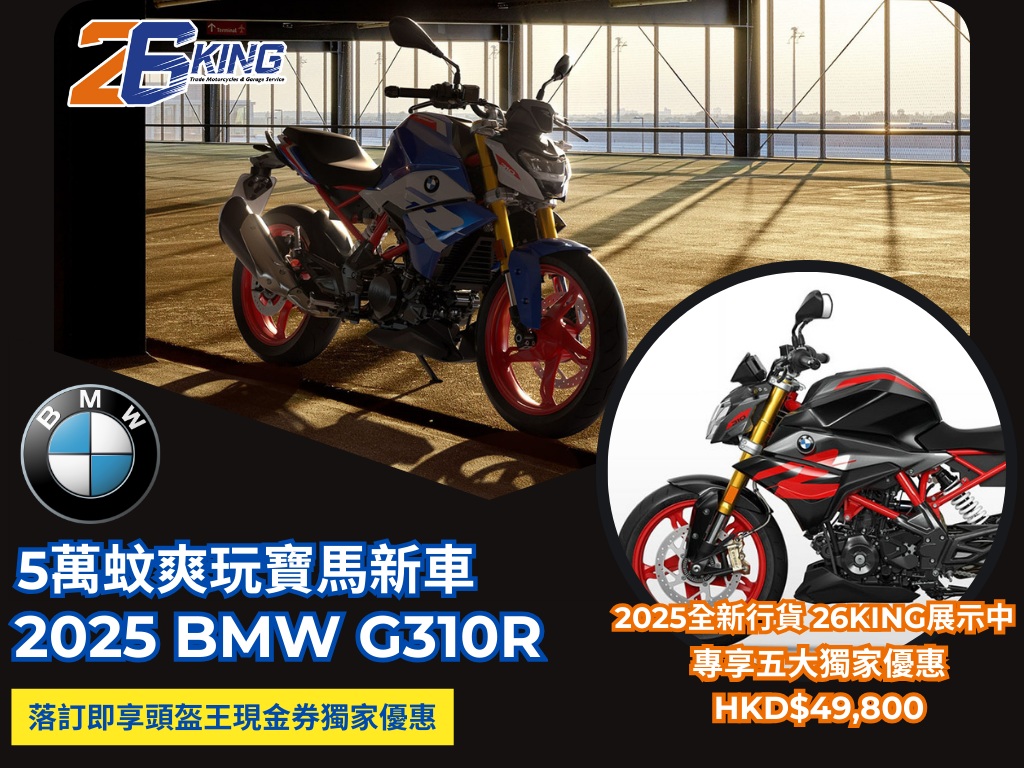
on 2025-12-07

on 2025-12-04
